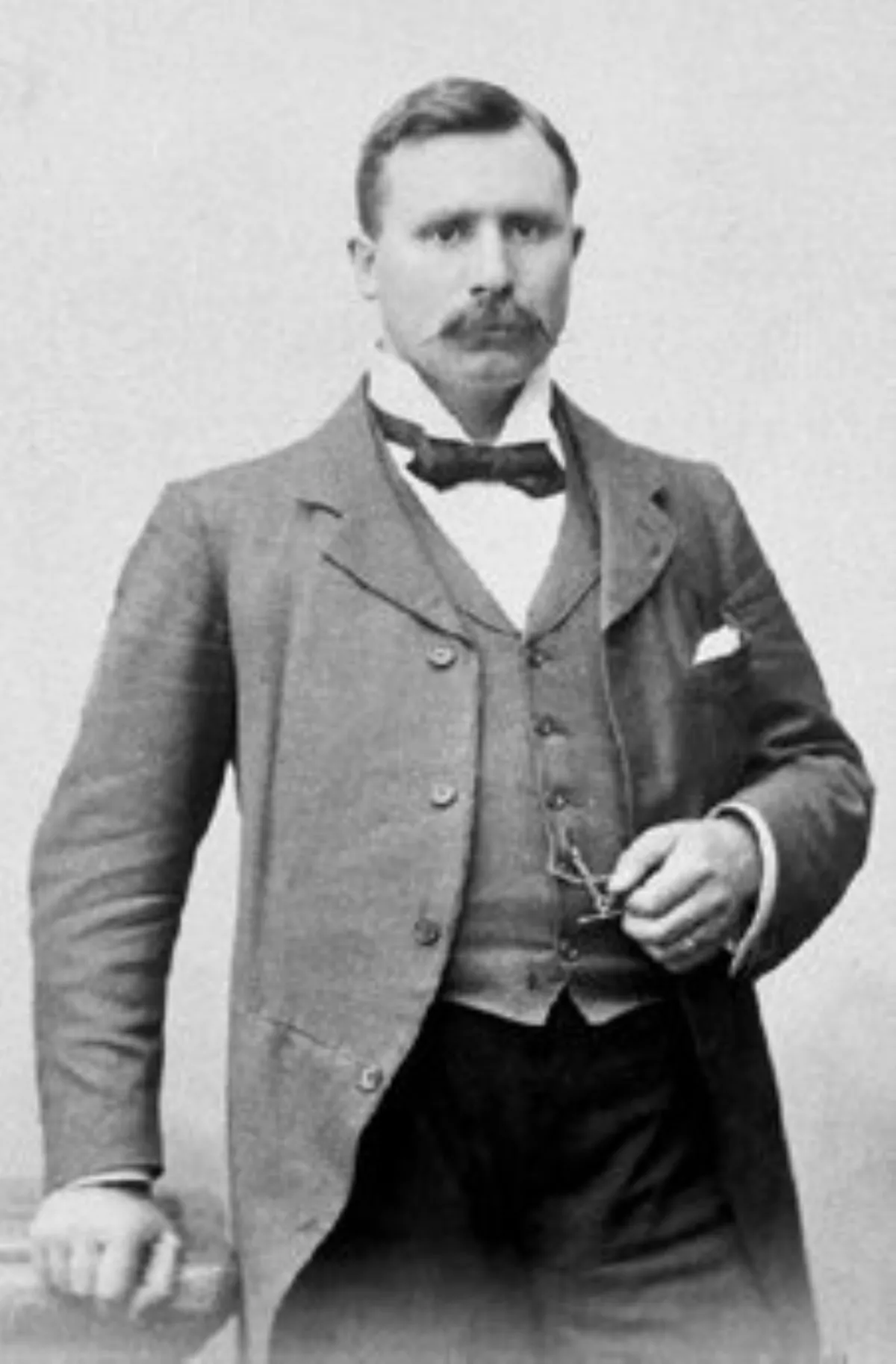 1.
1. Largely self-educated, Tom Mann became a successful organiser and a popular public speaker in the British labour movement.

 1.
1. Largely self-educated, Tom Mann became a successful organiser and a popular public speaker in the British labour movement.
Tom Mann was born on 15 April 1856, on Grange Road, Longford, Coventry.
Tom Mann was the son of a clerk who worked at a colliery.
Tom Mann attended school from the ages of six to nine, then began work doing odd jobs on the colliery farm.
Tom Mann attended public meetings addressed by Annie Besant and John Bright, and this began his political awareness.
Tom Mann completed his apprenticeship in 1877 and moved to London, however he was unable to find work as an engineer and took a series of unskilled jobs.
Tom Mann's reading included the works of William Morris, Henry George, and John Ruskin.
Tom Mann formed an organisation, the Eight Hour League, which successfully pressured the Trades Union Congress to adopt the eight-hour day as a key goal.
Tom Mann now believed the main purpose of the labour movement should be to overthrow capitalism, rather than just to ameliorate the condition of workers under it.
Tom Mann moved to Newcastle in 1887 and organised the SDF in the north of England.
Tom Mann managed Keir Hardie's electoral campaign in Lanark before returning to London in 1888, where he worked in support of the Bryant and May match factory strike.
Tom Mann was responsible for organising relief for the strikers and their families.
Tillett and Tom Mann wrote a pamphlet called New Unionism, which advanced the utopian ideal of a co-operative commonwealth.
Tom Mann was elected to the London Trades and Labour Council and as secretary of the National Reform Union, and was a member of the Royal Commission on Labour from 1891 to 1893.
Tom Mann was an unsuccessful candidate for the party in the 1895 general election.
Tom Mann helped create the International Transport Workers' Federation, and was its first President.
Tom Mann was deported from a number of European countries for organising trade unions.
Tom Mann was an Anglican and organised support from Christian organisations like the Salvation Army during a number of strikes.
Tom Mann advocated the co-operative model of economic organisation, but resisted alliance between the ILP and other socialist organisations in Britain, like the Fabians.
Philip Snowden, a member of the ILP, liked Tom Mann but was critical of his inability to stay with any one party or organisation for more than a few years.
In 1902, Tom Mann emigrated to Australia, to see if that country's broader electoral franchise would allow more "drastic modification of capitalism".
Tom Mann felt that the federal Labor MPs were unable and unwilling to change society, and their prominence within the movement was stifling and over-shadowing organised labour.
Tom Mann resigned from the ALP and founded the Victorian Socialist Party.
Tom Mann founded the Industrial Syndicalist Education League, and worked as an organiser for Ben Tillett.
Tom Mann was opposed to Britain's involvement in World War I on socialist and religious grounds and addressed pacifist rallies.
On 10 June 1913 he spoke at Wednesbury Market Place in support of strikers in the Great Black Country Trades Dispute, which lasted for two months and threatened government preparations for World War I Mann returned to the area again on 3 July.
Tom Mann held the post until 1921, when he retired at the age of sixty-five.
Tom Mann welcomed the Russian October Revolution in 1917 and the Communist government, and called for soviets to be formed in the United Kingdom.
Tom Mann was chairman of the British Bureau of the Red International of Labor Unions and its successor, the National Minority Movement, from their formation in 1921 until 1929.
Tom Mann continued to actively champion socialism, communism, and co-operation, until his death in 1941.
Tom Mann published further pamphlets and regularly addressed public meetings, in Britain and abroad.
Tom Mann continued to be a popular figure in the labour movement, attracting large audiences to rallies and benefits.
Tom Mann advocated animal rights and was supportive of the Humanitarian League.
Tom Mann died at age 84, on 13 March 1941 in Grassington, Northern Yorkshire.
Tom Mann's great-grandson was Nicholas Bennett, Conservative MP for Pembroke from 1987 to 1992 and a Welsh Office minister from 1990 to 1992.